Best Cross-Platform Mobile App Development Tools for 2024 And Their Defining Features
8 Sep 20 

A mobile revolution is reaching its climax all around the world. What makes mobile phones facile are mobile apps. It allows you to go through ordinary day-to-day activities with ease and diligence. Apps make it fun to book tickets, track your food orders, window shop through e-commerce, etc.
Currently, mobile app developers are more inclined to make cross-platform applications over other types of apps. Before we go into the best cross-platform mobile app development tools, it is necessary to understand what cross-platform development is and why we prefer it.
What is Cross-Platform Development?
Traditionally, when creating an app for a business, separate apps are made using tools and languages specific to that operating system for each mobile platform. However, it has several disadvantages, such as increased development cost, increased time, a requirement for highly skilled developers in different languages, etc.
Cross-platform development provides technology that overcomes all these disadvantages. It refers to developing a single app that works on different mobile platforms. This is achieved by building an app using a universal programming language, such as Javascript, for React Native, and Dart, for Flutter.
Cross-platform development helps optimize the cost of development, time, and resources while increasing mobile apps’ efficiency and performance.
Why Cross-Platform App Development Framework?
Organizations have been striving for the past two decades to move work online. Today, employee management and day-to-day affairs are through mobile apps. Because creating a mobile app is much easier today. Thus, cross-platform app development is becoming a necessity in the modern workplace.
As work and life divide diminish, work at home, and leisure is becoming a productive alternative for employees. It is a win-win solution for both employees and management. Employees have more creative freedom, and employers save on infrastructure investment.
But the real problem lies in integrating various devices and platforms like iOS, Android, Windows, etc. It is here that we turn to cross-platform app development.
A cross-platform app allows the application to function in multiple devices. Some of the following approaches are:
- Hybrid apps
- Rapid mobile app development
- Windows universal apps
- Progressive Web apps
Besides, cross-platform apps outsmart native apps in many significant aspects about which we will discuss in the following section.
Best Cross-Platform App Development Tools
Choosing the right cross-platform app development services is a crucial part of building an efficient app. There are many cross-platform frameworks available in the market today. Every framework has its advantages and disadvantages, so it can be challenging to pick one tool. We understand this dilemma. In this article, we have put together 11 best cross-platform development tools for 2024 and their features. Let us go through them one by one.
1. Phone Gap (Apache Cordova)

Apache Cordova is first on the list as it enables the build process of most free cross-platform app development tools. PhoneGap offers a FOSS environment that allows cross-platform mobile application development and is developed by the team behind Apache Cordova.
It comprises of a compiler, debugger, and a couple of tools for testing purposes. The critical web technologies included are HTML5, CSS3, and JavaScript. Phone Gap has got the back-up of a variety of plugins like Image Capture plugin, Media Recorder Plugin, Push plugin, etc. The plugins in Phone Gap allows triggering some key smartphone functionalities like GPS, accelerometer, camera, sound, etc.
PhoneGap also supports in-application purchases for the iOS application store and the Google Play Store. It is an incredible tool for designers who have expertise in front-end technologies. Support from a third party cache and graphics accelerator can speed up the application.
Singular Features :
- A sturdy backend that assists beginners
- Open source hence easy to share
- Immensely flexible for developers
2. Appcelerator
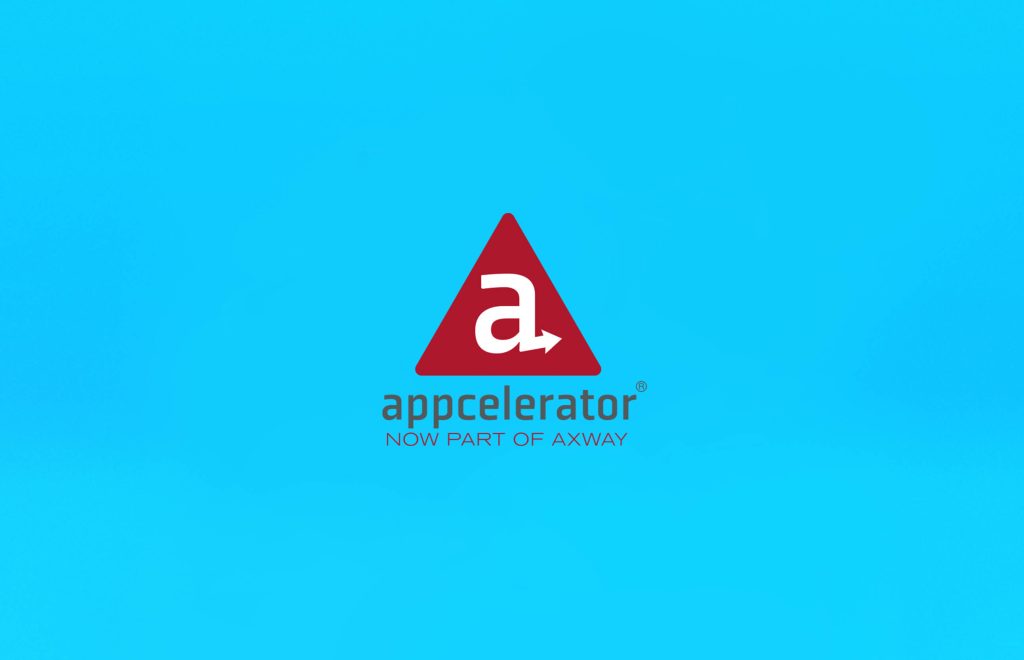
Appcelerator is another cross-platform development tool that can be utilized to develop, deploy, and test the functionality of a mobile application. It makes use of JavaScript as a universal code mechanism.
It implies that the same code can be used to create applications for various platforms like iOS, Android, and Blackberry. It is the best choice for brisk development of an app with an experienced developer in JavaScript.
Appcelerator offers a schema-less database along with Arrow DB which enables you to deploy data models with zero setup efforts. It even offers pre-built integration with Salesforce, MS Azure, MongoDB, MS SQL, and Box. The newer version takes care of the earlier issues of speed and lag.
Remarkable Features :
- Titanium framework makes it really cost-effective
- Cloud services to pack, distribute and examine
- Fundamental source code is accessible to the user at any time
3. React Native
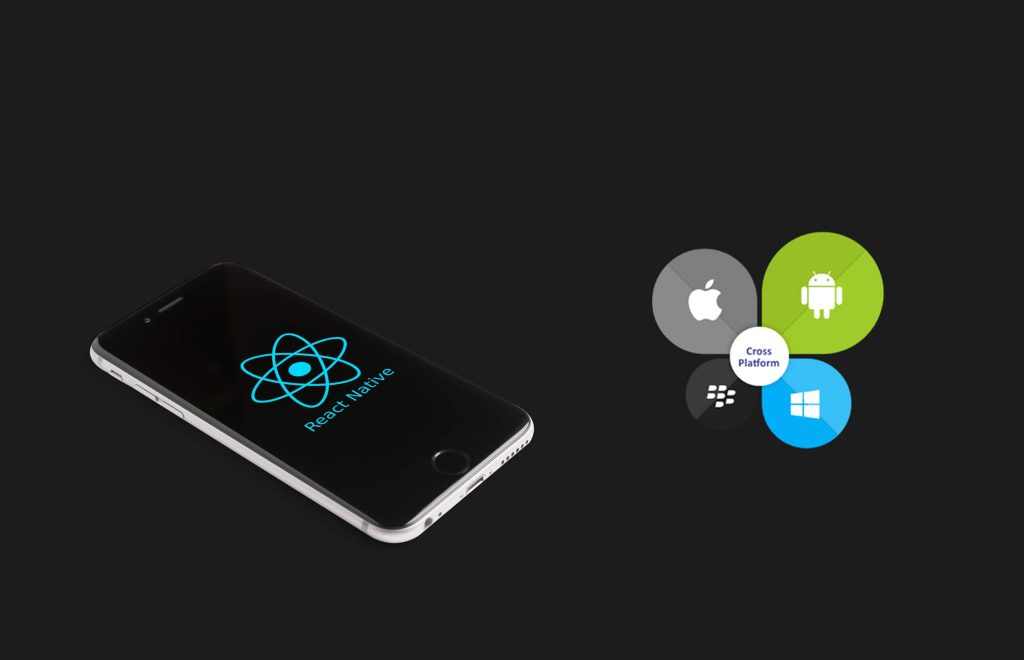
React Native is an open-source, cross-platform application development tool developed by Facebook. It follows “learn once, write everywhere” protocol. JavaScript is the base language and offers a chance for native functionality. Once coded, you can port your application to both Android and iOS using the same base code.
The functionality that helps React Native to stand apart is that, even though they are cross-platform, apps built in this platform will have the look and feel of a native application thereby offering an interactive user experience.
It is an emerging framework that enables quick prototyping and offers high initial velocity. Moreover, it is easy to learn the basics and get started if you are talented in JS. While this sounds incredible, the codes in JavaScript uses a lot of memory for calculation-intensive tasks. It is a brilliant choice for agile development and turns out to be more effective in many cases.
Hallmarks of ReactNative:
- Makes your app reach faster in app stores
- Modular and intuitive architecture using advanced web technologies
- Community-driven hence fantastic support
4. Native Script
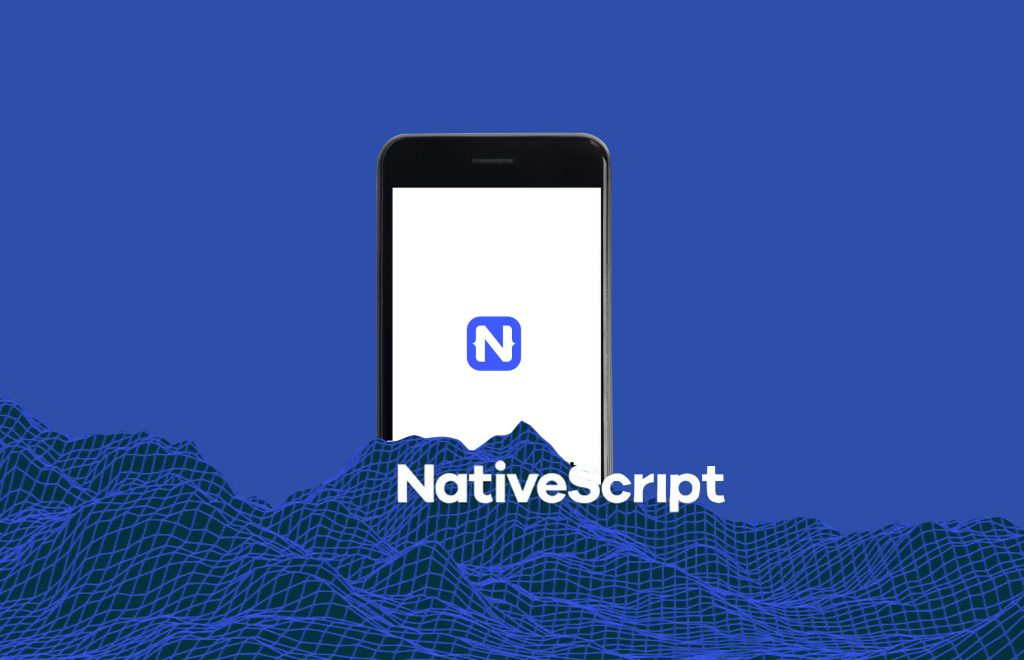
NativeScript is equivalent to writing native apps with cross-platform capability in JavaScript, TypeScript, or Angular.
It is the most preferred app development frameworks to create trending microapps. Microapps help you perform functionalities with precision. It usually focuses on a single feature.
NativeScript is upon the following major components:
- Runtimes
- Core Modules
- CLI
- Plugins
The runtimes allow the developer to call the iOS and Android APIs using JavaScript code. Core modules help to summon the abstractions needed for the native API. The CLI command helps the user to create, run, and build apps using NativeScript.
The plugins form the building blocks of this app development framework. Like the plugins that help make mobile apps, it contains some functionality and aids the developer in building apps faster.
Core Features:
- Allows use of a complete stack of cross-platform APIs
- Provides “zero days” support for new native frameworks
- Reach, reusability, and rapid app development.
5. Flutter
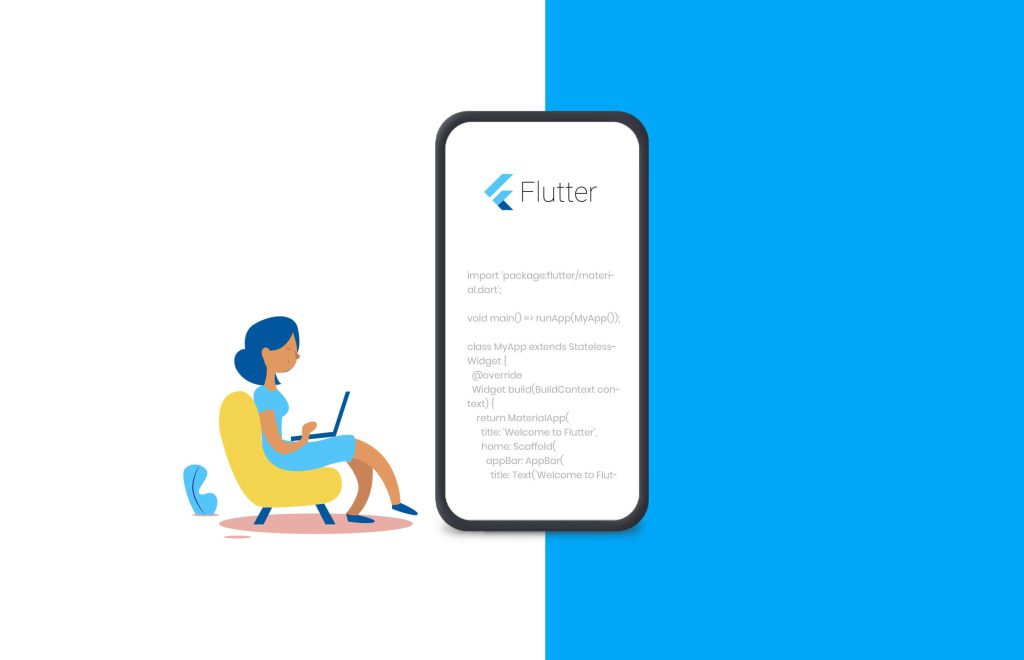
Flutter means faster and dynamic mobile app development. The hot reload works by putting in source code files into a Dart Virtual Machine (DVM). The Flutter makes it easy to rebuild a widget tree automatically by making it see the effects of your changes. The widget provides features like icons, scrolling, navigation, fonts, etc. to launch a full-fledged iOS and Android app.
Flutter is more like a react framework with ready-made two-dimensional rendering, widgets, and tools. All of these elements help you design, build, test and debug apps with ease.
Hallmarks of Flutter:
- Productive as developers can build iOS and Android from a single codebase
- High customization with a rich set of material design
- Create brand-driven designs with OEM widgets
6. Xamarin
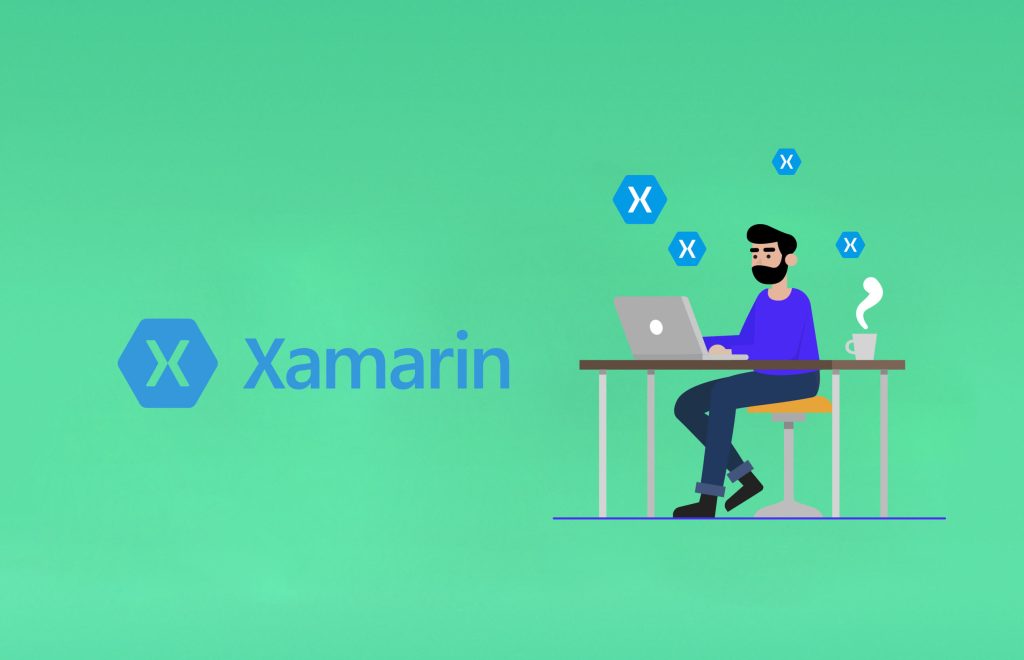
Xamarin provides an inclusive cross-platform development for mobile, desktop, and tablets. The Android quick-start and iOS quick-start helps developers build native UI components. Xamarin supports languages like C#, F# and the Razor template engine.
In February 2016 Microsoft acquired Xamarin and later released the Xamarin SDK. A free tool to integrate enterprises features using Microsoft Visual Studios is also available.
The native friendly interface empowers developers to respond to any specific client demands. It is a one-size-fits-all program with HTML tools to help developers and end-users.
Primary attributes are:
- New version has a lower disk impact hence quickly installs
- fabulous visual experience for iOS and Android
- Automatic Android SDK installation as per requirement
7. Felgo

Felgo is an easy to use cross-platform development SDK which works on the Qt framework. Qt, a famous C++ structure, is widely used by developers. Felgo enhances this Qt core with an app and game elements. Analytical tools, plugins for in-app purchases, etc. make it a standalone platform.
Felgo is one of those growing cross-platform mobile app development tools. It is today very popular with the new generation of developers. The feature that makes it attractive is that they won’t charge you if you are not earning profit with your business.
Felgo holds modern developers attention because compared to Xamarin and ReactNative, they can save 90% of coding with Felgo. It is moving towards the top spot in providing secure, time-saving, and beginner friendly platform with adequate support.
What makes it Unique?
- Faster and stunning native, cross-platform apps with excellent UIs
- Create powerful embedded systems app using C++ and JavaScript
- Develop games faster with an in-game level editor, multiplayer and Felgo cloud services
- Perform live reloading of codes, at one, reloads per second from Windows, Linux, and Mac
8. Ionic
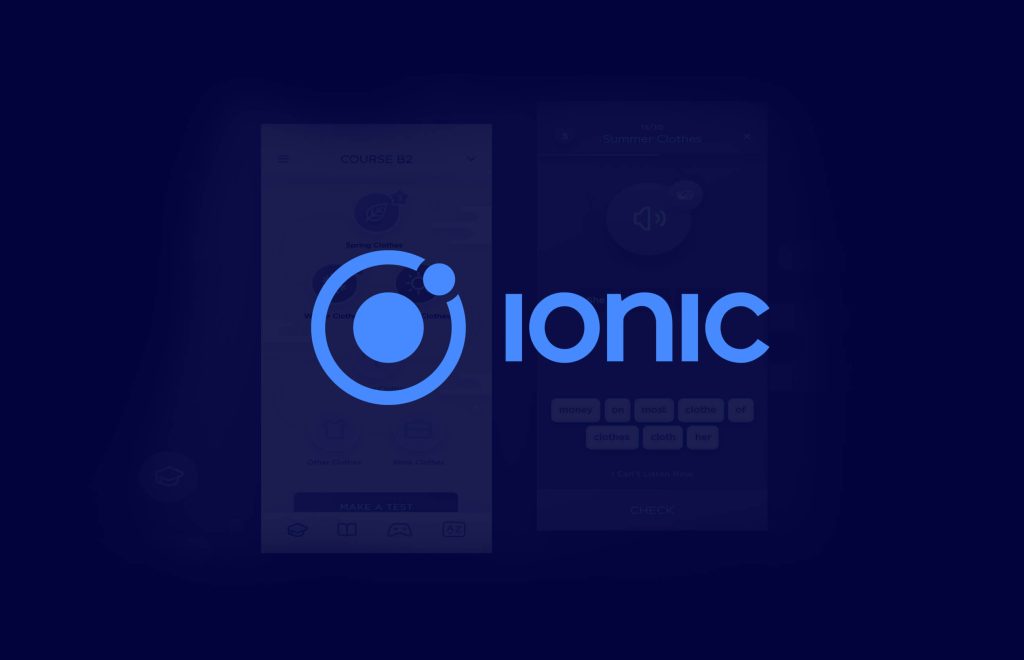
Ionic mobile app development framework uses HTML5 to build hybrid apps. Hybrid apps are better than pure native apps when one considers support, speed, and third-party access. It is the best option if you have limited time to market your app.
Native-style UI components and layouts that you can have on iOS and Android. However, being an HTML5 framework, it needs a wrapper like Cordova or PhoneGap to work as a native app.
Latest Updates:
- Stencil – a web component compiler that helps build standard compliant web designs
- Capacitor – a layer also called cross-platform API that lets you call native SDKs from web code.
- Lazy Loading – comes with Ionic 4 and lets you speed up app loading time and performance by dividing it into bundles.
9. Rho Mobile
RhoMobile offers Rhodes, a Ruby-based open-source framework that works well with Android, Windows Mobile, Symbian, iPhone, and RIM. Ruby is already a popular programming language.
RhoMobile equips RhoHub, a hosted development environment for developers to code the application and RhoSync, an independent server that helps you to store all the application data and keep updated on user’s devices.
You can develop native-like applications, which spreads across different platforms utilizing a single code. Native apps work extraordinarily well in dealing with available hardware. Hence the job gets done with relatively more efficiently, faster, and accurately.
Advantages:
- Uses Ruby language which is simple and productive
- JRuby allows Ruby apps to run on Java containers
- The DRY approach avoids repetition of codes enabling smooth development
10. Kony Mobile Platform
Kony Mobile Platform provides all the essential functionalities to make universal apps. The channel-specific APIs, third-party libraries using FFI (Foreign Function Interface), etc. are its speciality.
The Kony One Server application server further enables offline sync, security, detection of a device for mobile-optimized content, SMS, push notifications, etc.
The Kony Visualizer powers the front end with the multi-channel JS API framework and assists designers and developers to deliver an array of services to smartphones, tablets, desktops on iOS, Android, Windows, and Blackberry.
Essential Qualities :
- Import capability for any Native API from Visualizer
- Allows use of the open-source framework for Jquery, Bootstrap, and Angular
- Local packaging of web content in the app and native to web contexts
11. Sencha
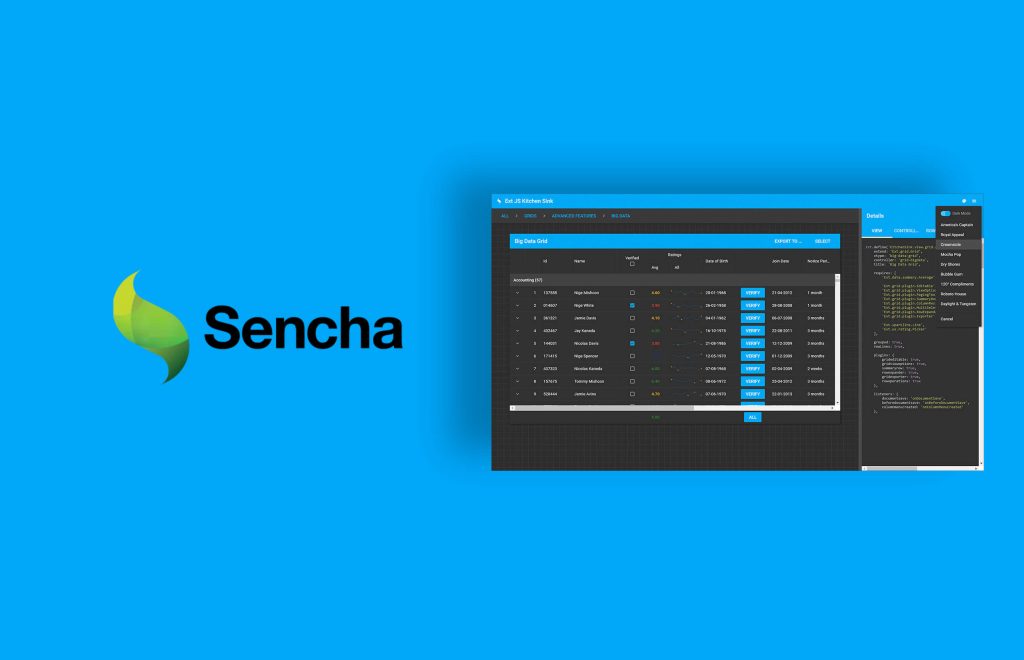
Sencha’s ExtJS is similar to the likes of React Native in terms of functionality. The critical factor that differentiates both is the use of the Ext JS framework for development. It provides a visual application builder for HTML5, with the reusability of custom components. The native application packager manages the distribution to the Apple Store and Google Play.
Since it utilizes HTML5 for development, you can test and run your applications on both the browsers and mobile apps. It is also compatible with different cross-platform tools like Adobe PhoneGap for developing highly functional apps.
Characteristics:
- Enhances development teams productivity through IDE plugins
- Minimizes web app development cost
- MVC architecture to make codes readable
Cross-platform app making is a turning point in the mobile app development field. The internet revolution demands your business to have an online presence. More and more entrepreneurs are shifting their business online.
Engage your customers with stunning cross-platform apps like PIU, Peekay Steels, C3 Card, etc.
Mindster provides you with all the advanced framework with its rich and deep-rooted experience of 10+ years. Besides providing cross-platform solutions for enterprises we also specialize in android app development and iOS app development.
- Agentic AI1
- Android Development3
- Artificial Intelligence35
- Classified App3
- Custom App Development5
- Digital Transformation12
- Doctor Appointment Booking App14
- Dropshipping1
- Ecommerce Apps40
- Education Apps2
- Fintech-Apps37
- Fitness App4
- Flutter4
- Flutter Apps20
- Food Delivery App5
- Grocery App Development1
- Grocery Apps3
- Health Care10
- IoT2
- Loyalty Programs9
- Matrimony Apps1
- Microsoft1
- Mobile App Maintenance2
- Mobile Apps130
- Product Engineering6
- Progressive Web Apps1
- React Native Apps2
- Saas Application2
- Shopify9
- Software Development3
- Taxi Booking Apps7
- Truck Booking App5
- UI UX Design8
- Uncategorized6
- Web App Development1



















Comments